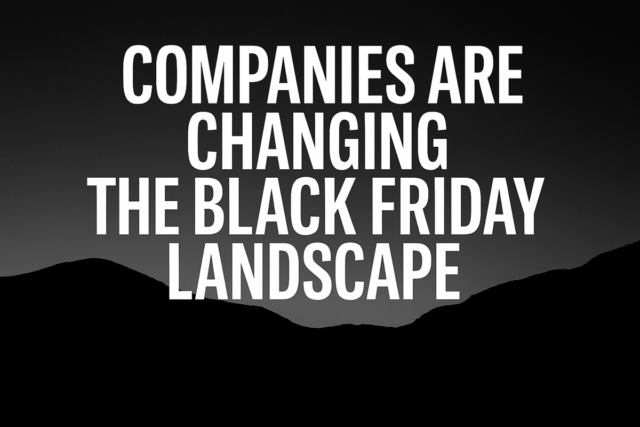April 24, 2025
The feedback you didn’t know you needed: altering the customer experience

While organisations often chase bold insights to drive innovation and gain a competitive advantage, the most valuable insights frequently come from unexpected places. Small but significant details in unsolicited feedback — whether that’s the thickness of the gravy at KFC, or Hilton’s towel quality — can provide crucial understanding of customer needs and preferences.
Active listening is a necessity
Such seemingly small findings don’t always show up in solicited surveys or performance dashboards. But they can play a big part towards loyalty, perception, and success.
The challenge for businesses is that consumers rarely hand over this feedback in a neatly packaged report. Nor does it reach those who take action. Instead, they might voice their annoyances on social media or leave negative reviews. They might disengage indirectly through their behaviour, perhaps abandoning discussions mid-conversation.
With great insights come great challenges
In a world where 85% of all customer feedback is unsolicited and unstructured, leveraging this rich source is a necessity for ongoing success. While organisations capture this feedback — whether that’s through social media, review sites, service interactions, recorded phone calls, or call centre transcripts — how can they focus on extracting the key elements that are actually making the biggest impact?
Unsolicited feedback is often unstructured, and businesses need tools to capture and analyse it. These tools can help extract themes and sentiment from the feedback. But many companies don’t have the capabilities to manage this.
Companies need systems that route customer feedback directly to the teams best positioned to act on it. Service-related comments should reach customer service teams, while pricing feedback should be directed to the finance teams. It is vital that feedback is routed in real time to stakeholders who can help make an informed decision to improve the CX.
While brands do not need permission to collect customer data, they do need to be clear in how they’re using it. Building trust that a customer’s opinions will be listened to is what keeps them coming back.
Qualtrics research found the number one priority for consumers (61%) is trust in the information they’re provided by a brand. But businesses are failing to meet this customer priority, with communication issues cited as the second biggest reason for bad experiences.
Feel the benefits of unstructured feedback
While unsolicited customer feedback offers valuable insights, its unstructured nature presents challenges. Organisations can harness AI to cut through the noise — analysing themes, categorising, and providing sentiment analysis to drive meaningful change.
Leveraging unstructured data is all about generating value from feedback secured through more untraditional ways — where customers are likely to be more honest — and using this to make real time improvements to the business.
For example, KFC has used experience management tools to connect people’s unfiltered feedback to satisfaction levels. This route helped KFC find that gravy thickness really matters to customers in the north of the UK. Who would have thought!
Another example is with Hilton, which used a CX insight to transform its guest experience. After discovering towel quantity and quality was a major detractor from its CX, something the company had never asked about in a survey. Hilton responded by developing a company-wide towel programme that is both cost-efficient for hotels and improves guest satisfaction.
It is a time of falling consumer confidence. This means customers are evaluating and often redirecting their spending habits, and ultimately showing less loyalty. A potential solution.
Finding what seems like an insignificant piece of feedback that actually transforms the customer experience – and this starts with always listening.



